Netball Rules Guide
July 25, 2016If you’re joining a Go Mammoth netball league for the first time, or you just want to brush up on the differences between minor and major infringements, check out our ultimate netball rules guide.
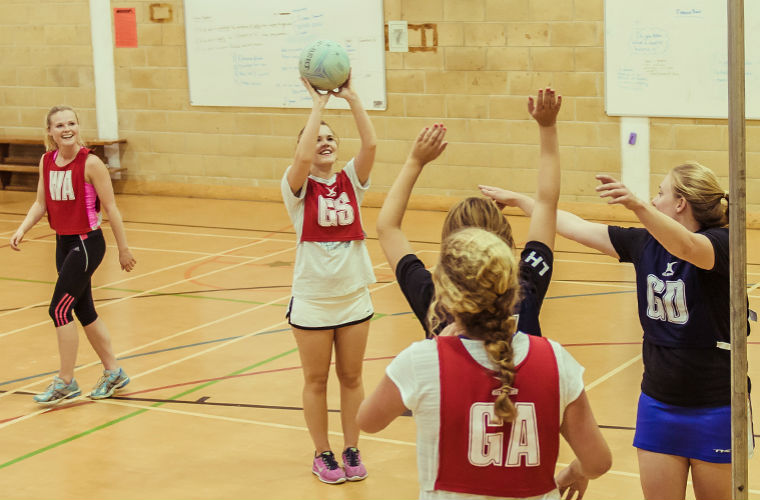
Contents
GO MAMMOTH NETBALL LEAGUE POLICIES
1) UMPIRES
The umpire has complete control of the game and their decision is final. When rules of the game are broken the penalties awarded by the umpire are free pass, penalty pass (or penalty pass or shot), throw in, toss up.
2) JEWELLERY & NAILS
Any jewellery must be removed before stepping on court and nails must be filed / cut short to ensure safety for all players. Any player who refuses to file/cut their nails or to remove items of jewellery will not be allowed to play in the game. Only specific Netball gloves are allowed for medical reasons.
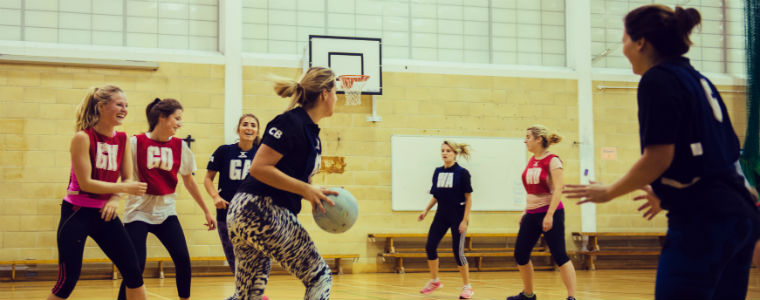
3) STANDINGS & PLAYOFFS
Each week the updated standings will be updated to reflect the latest set of results.
All eligible teams make the playoffs (teams that have not abused any policies are eligible) in their 8th week. In certain situations teams at or near the bottom of the standings may not advance to the playoffs. Check with GO MAMMOTH league coordinator to see if this applies to your league.
Playoffs are single elimination.
Ringers may not be used in play offs/finals unless expressly allowed by the opposing captain.
In the event that the match is drawn in a play-off or final the game will be decided by next score wins. Which team starts with the centre pass will be decided by a coin flip. The game will continue until a goal is scored.
4) SEEDING
Teams are seeded according to winning percentage and strength of schedule.
Teams may be dropped from their regular season level based on the above criteria.
Teams may be moved to a higher division during the playoffs only if permission is granted.
Skill levels may be divided into separate divisions based upon size of level.
Speed scoring rules still apply during the playoffs.
In cases where several cancellations have occurred during the season, teams may be required to play on a different night of the week. (Example: Thursday semi-finals may be played on Thursday and finals held on Friday.)
5) FORFEITS
If a team does not have a full squad (minimum number of original players required according to the rules, (5) at the designated start time a goal a minute will be given against them. At ten minutes after the start time the match is forfeited (per staff and opposing team’s captain request). In this situation we will always try and get some sort of game going for the remainder of the time.
Any questions regarding policies, rules, or eligibility must be addressed before the start of the match.
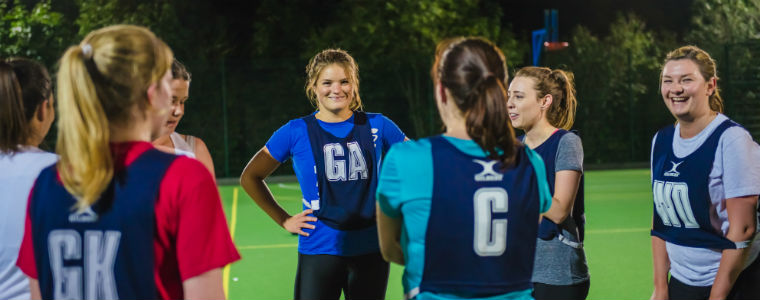
6) PUNCTUALITY
Games must start exactly at the designated start time. Teams that arrive late will be penalised by a goal a minute against them until they have the required amount of players to legally play. Lateness will also result in shorter netball games for both teams.
7) SPORTSMANSHIP
The idea of Go Mammoth is to have fun. We hope that all participants keep that in mind when becoming involved. Although the games may become intense, you still can be competitive while maintaining good sportsmanship. With this said, any behavior deemed unacceptable by staff may result in suspension and/or ejection from a game or the league.
8) STAFF
To coordinate and run the league, our refs and/or staff will be available at all times to help the league run as smoothly as possible. If you have questions regarding schedules, policies, rule interpretations, directions to the bar, etc. please ask.
9) MIXED NETBALL
Only three men are allowed on court at any one time. When on court playing the three men have to be in separate thirds of the court, position wise. This means that one man plays in the shooting or attacking positions of either Goal Attack (GA) or Goal Shooter (GS). One man plays in the mid-court positions of either Centre (C), Wing Attack (WA) or Wing Defence (WD) and one man in the defending positions of either Goal Defence (GD) or Goal Keeper (GK).
10) RESPECT
Go Mammoth have a responsibility to promote fun and high standards of behaviour in the game and this relies on players also. Play your part, have fun, enjoy yourselves and observe the GO Mammoth social code of conduct for players at all times.
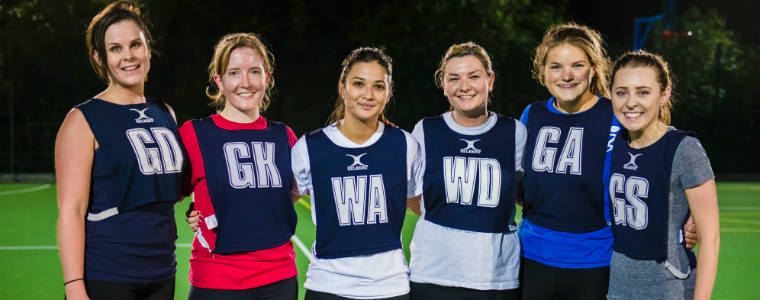
As an awesome GO Mammoth member, on and off the court, I will:
* Always listen to/respect the umpires decision
* Adhere to the rules of the game
* Promote fair play and behave within the spirit of the rules of the game.
* Never bully or engage in offensive, insulting or abusive language, public criticism or poor behaviour towards anyone, player or umpire
* Speak to team-mates, the opposition and the umpires with respect
* Ask my team captain (if necessary) to speak with the umpire/s in the breaks if I have a problem relating to the game, not on court
* Remember we all make mistakes
* Have a great game of social and fun netball
NETBALL RULES UPDATE – SEPTEMBER 2016
England Netball – the sport’s national governing body, brought a series of new rules into effect in September 2016 to make the game faster and more exciting. Here are the main changes.
1) TAKING A THROW IN
The player taking the throw in must have at least one foot within 15cm (6 inches) of the line. Previously the player must have placed one or both feet immediately behind the line.
2) DEFENDING A SHOT AT GOAL
A defender may not deflect a shot at goal on its downward path towards the ring (this includes touching the ball up through the net. This is a new rule addition as previously this wasn’t specifically covered.
3) CENTRE PASS
The Centre must have at least one foot wholly within the centre circle before the pass is taken. This rule has been relaxed slightly as previously the Centre would have been penalised if any part of their foot was on the ground outside of the centre circle as the pass was being played.
4) PENALTY PASS
Once a player taking a penalty pass is in the correct position, the player may choose to either play the ball immediately or wait for the infringer to stand out of play.
Previously the player taking a penalty pass had to wait until the infringer was standing out of play. A player who did not wait until the penalty was “set” was penalised.
5) SHORT PASS
When a player passes the ball there must be sufficient space for an opposing player on the court to be able to intercept the ball as it moves from the hands of the thrower to the hands of the receiver.
6) DELAYING PLAY
Delaying play (either accidentally or deliberately) is considered foul play – in some cases it could affect the outcome of the match. A penalty pass is awarded and the sanction is advanced.
7) CONTACT/CONTEST
Players may come into physical contact with each other as long as they’re striving to claim the ball. If they do not interfere with each other’s play or use their bodies to gain an unfair advantage over their opponent, it’s deemed a fair contest and play continues.
8) GOAL SCORED/BALL OUT OF COURT
The umpire will now signal that a goal has been scored by raising one arm vertically. The umpire will no longer blow their whistle when a goal has been scored or the ball has gone out of court.
MAIN NETBALL RULES
1) PLAYING TIME
A game consists of 4 x 8 minute quarters with a longer interval at half time for team talks and water breaks.
A netball team consists of up to 12 players with 7 players allowed on court at any one time. A team may take the court with a minimum of 5 players.
Netball Court showing starting positions for a centre pass
2) POSITIONS & RESPONSIBILITIES
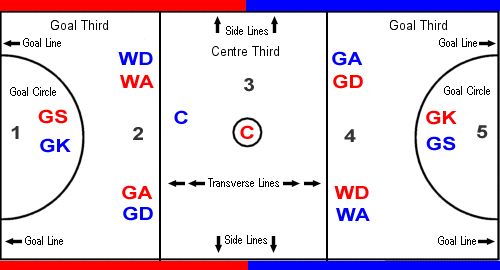
Red team position: Goal Shooter (GS) Court Area: 1 & 2
Responsibility: To score goals and to work in and around the circle with your Goal Attack
Red team position: Goal Attack (GA) Court Area: 1,2 & 3
Responsibility: To feed and work with your Goal Shooter and to score goals.
Red team position: Wing Attack (WA) Court Area: 2 & 3
Responsibility: To feed your circle players giving them shooting opportunities.
Red team position: Centre (C) Court Area: 2, 3 & 4
Responsibility: To take the Centre Pass and to be the link between your defence and the attack.
Red team position: Wing Defence (W) Court Area: 3 & 4
Responsibility: To look for interceptions and to prevent the opposing Wing Attack from feeding players in your goal circle.
Red team position: Goal Defence (GD) Court Area: 3, 4 & 5
Responsibility: To win the ball and reduce the effectiveness of the opposing Goal Attack
Red team position: Goal Keeper (GK) Court Area: 4 & 5
To work with your Goal Defence and to prevent the opposing Goal Shooter from scoring goals
3) CENTRE PASS
Before the whistle all players must start in the goal thirds except the two Centres.
The Centre with the ball must be wholly within the Centre Circle and must obey the footwork rule after the whistle has been blown.
The Centre must have at least one foot wholly within the centre circle before the pass is taken.
The opposing Centre stands anywhere within the Centre third and is free to move.
After the whistle the Centre pass must be caught or touched by a player standing in or landing wholly within the Centre third.
4) SCORING A GOAL
Only a Goal Shooter or Goal Attack can score – from any point within the goal circle (including the lines bounding the goal circle) when the ball is received in order to shoot for goal. A goal is scored when the ball passes over and completely through the goal ring.
If a defending player deflects a shot for goal and the ball then passes above and completely through the goal ring, a goal is scored.
If the whistle to end play or to hold time is blown before the ball has passed completely through the ring no goal is scored.
If a player other than Goal Shooter or Goal Attack throws or bats the ball through the ring no goal is scored and play continues.
5) MINOR INFRINGEMENTS – FREE PASS
Breaking the following rules will result in a free pass being awarded to the opposing team. When a free pass is awarded to a team it may be taken by any player from that team allowed in that area, as soon as they are in position. (A player may not shoot from a free pass in the goal circle).
a) OFFSIDE
When a player (with our without the ball) moves into an area of the court that their position does not permit them to play in. For example, the Wing Defence can play in their defensive third and centre third, but not in the attacking third.
If two opposing players enter an offside area simultaneously: (a) If neither player makes any contact with the ball they are not penalised and play continues. (b) If either player catches or touches the ball while standing in the offside area, or immediately before or after landing in the offside area, a toss up up is taken between the two players in their own area of play.
b) CENTRE PASS INFRINGEMENT
A player can’t move into the centre third before the whistle is blown for the Centre pass.
c) PLAYING THE BALL
A player who has caught the ball shall play it or shoot for goal within three seconds.
A player may bounce or bat the ball once to gain control.
Once released, the ball must next be touched by another player.
A player on the ground must stand up before playing ball.
d) PASSING DISTANCE
At the moment the ball is passed there must be room for a third player between hands of thrower and catcher.
When a player passes the ball there must be sufficient space for an opposing player on the court to be able to intercept the ball as it moves from the hands of the thrower to the hands of the receiver.
e) PASS TRAVELS OVER A THIRD
Ball may not be thrown over a complete third without being touched or caught by a player wholly within that third.
f) FOOTWORK
Having caught the ball, a player may land or stand on:
* One foot – while the landing foot remains grounded, the second foot may be moved anywhere any number of times, pivoting on the landing foot if desired. Once the landing foot is lifted, it must not be re-grounded until the ball is released.
* Two feet (simultaneously) – once one foot is moved, the other is considered to be the landing foot, as above. Hopping or dragging the landing foot is not allowed.
g) DEFENDING A SHOT AT GOAL
A defending player must not cause the goalpost to move so as to interfere with a shot at goal and cause it to miss. Defending players cannot deflect a ball on its downward flight towards the ring, including touching the ball up through the net.
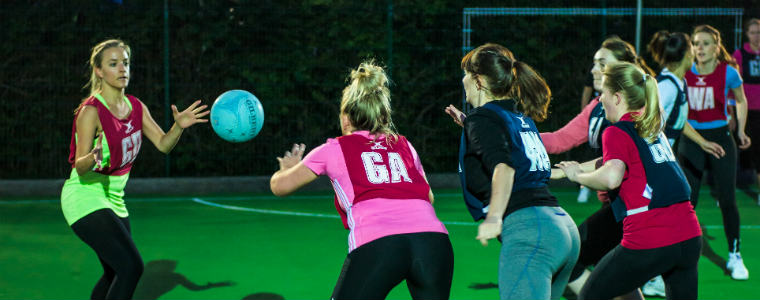
6) MAJOR INFRINGEMENTS- PENALTY PASS/SHOT
WHAT IS A PENALTY PASS/SHOT?
(PENALTY PASS (PENALTY SHOT if in the goal circle) is awarded where the infringement occurred. The offending player must stand out of play beside the thrower until the pass or shot has been taken. Any opposing player allowed in that area may take the penalty.
Once a player taking a penalty pass is in the correct position, the player may choose to either play the ball immediately or wait for the infringer to stand out of play.
–
Breaking the following rules will result in a PENALTY PASS or PENALTY SHOT being awarded to the opposing team.
a) OBSTRUCTION
Player with ball – the nearer foot of the defender must be 0.9m (3ft) feet from the landing foot of the player with the ball, or the spot where the first foot had landed if one has been lifted. The defender may jump to intercept or defend the ball from this 0.9m (3ft) feet distance.
Player without ball – the defender may be close, but not touching, providing that no effort is made to intercept or defend the ball and there is no interference with the opponents throwing or shooting action. Arms must be in a natural position, not outstretched, and no other part of the body or legs may be used to hamper an opponent.
Intimidation: of any kind, is classed as an obstruction.
A standing player is not compelled to move to allow an opponent a free run, but dangerous play must be discouraged, e.g. moving into the landing space of a player already in the air or stepping late into the path of a moving player.
b) CONTACT
Players may come into physical contact with each other as long as they’re striving to claim the ball. If they do not interfere with each other’s play or use their bodies to gain an unfair advantage over their opponent, it’s deemed a fair contest and play continues.
However no player may contact an opponent, either accidentally or deliberately, in such a way that interferes with the play of that opponent or causes contact to occur.
c) DELAYING PLAY
Delaying play (either accidentally or deliberately) is considered foul play. An umpire will award penalty pass if this occurs.
d) ILLEGAL DEFENCE OF A SHOT
A defending player may not cause the goalpost to move so as to interfere with a shot at goal and cause it to miss or deflect a ball on its downward flight towards the ring, including touching the ball up through the net. Both infringements will result in a penalty pass.
7) OUT OF COURT – THROW-IN
A throw-in is awarded to the opposing team of the player who last had contact with the ball or who received the ball whilst in contact with anything outside the court. Ball is out of court when it contacts anything outside the court area (except the goalpost). The ball is returned into play by a throw-in taken from a point outside the court where the ball crossed the line. The player stands with foot close to the line, and the ball must be thrown onto the court within three seconds.
8) TOSS UP
This is administered for all simultaneous infringements. The two players stand facing each other at their own shooting ends with hands by their sides and the umpire flicks the ball upwards not more than 600mm (2ft) in the air as the whistle is blown.
Want to play netball with Go Mammoth?
North East – Play Netball In Leeds | Play Netball In Sheffield
North West – Netball In Liverpool | Netball In Manchester
Scotland – Netball In Edinburgh | Netball In Glasgow
South – Play Netball In Oxford | Play Netball In Portsmouth | Play Netball In Reading | Play Netball In Southampton
South East – Play Netball In Brighton
South West – Play Netball In Bath | Play Netball In Bristol
Wales – Play Netball In Cardiff
 CHRISTMAS BREAK: Sports leagues not running 22nd Dec - 1st Jan
CHRISTMAS BREAK: Sports leagues not running 22nd Dec - 1st Jan 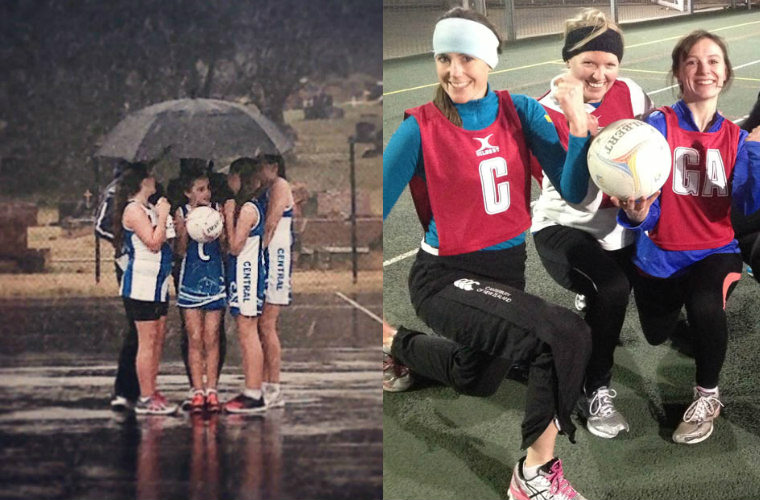
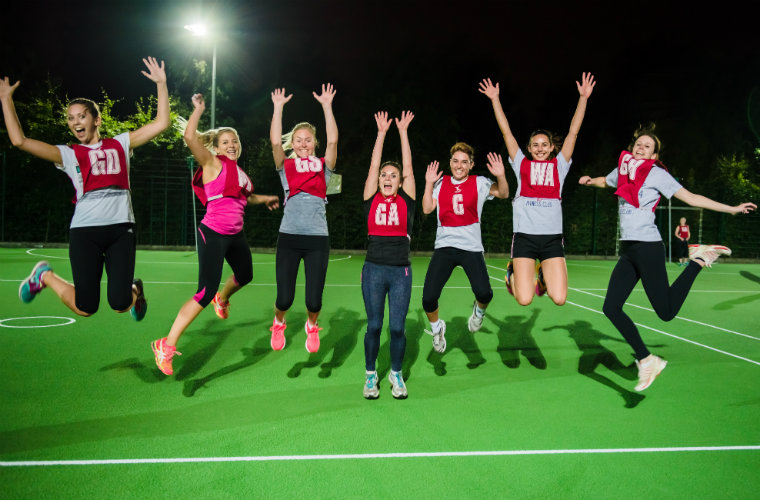
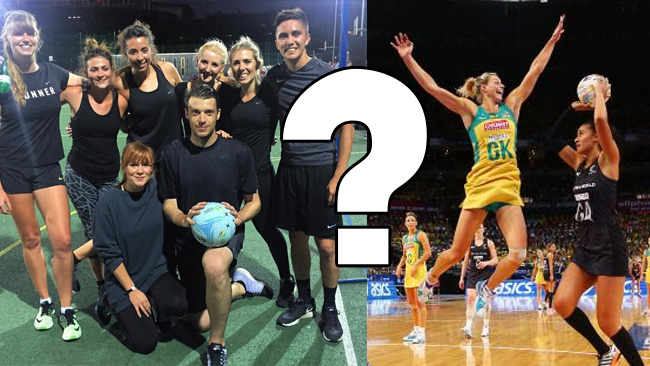
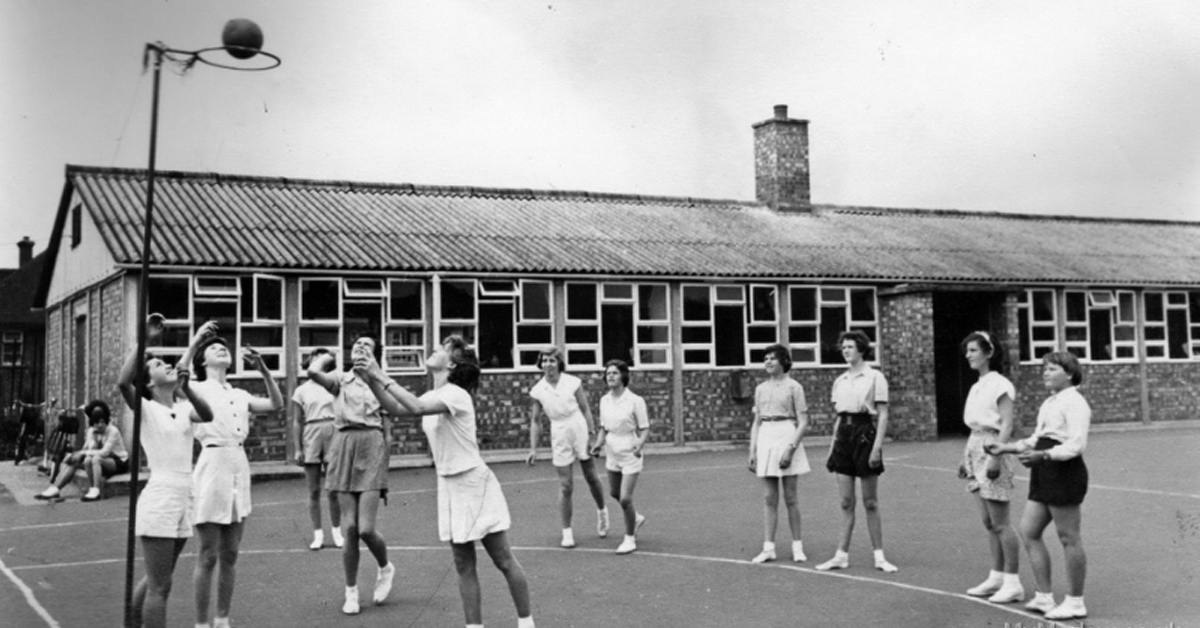
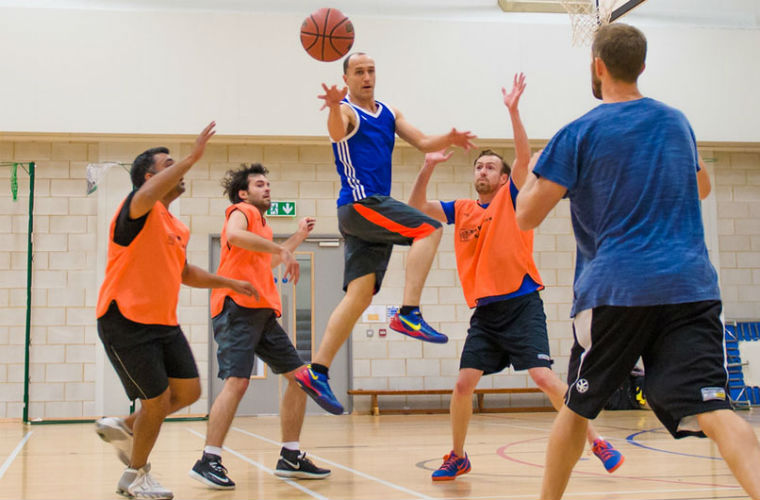
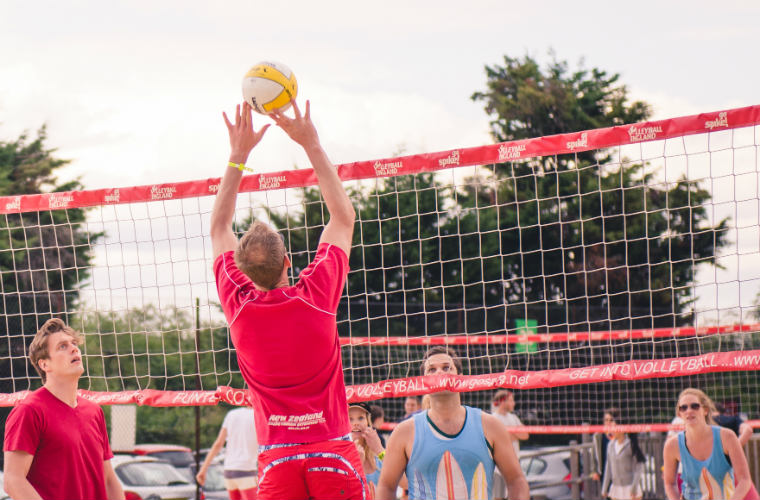
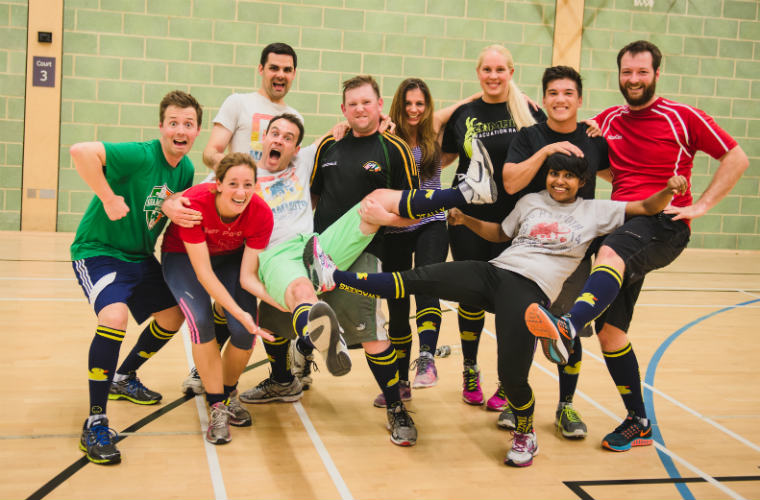
 We use cookies to help give you the best service, personalise content and ads and analyse our traffic. For more details, please see our
We use cookies to help give you the best service, personalise content and ads and analyse our traffic. For more details, please see our